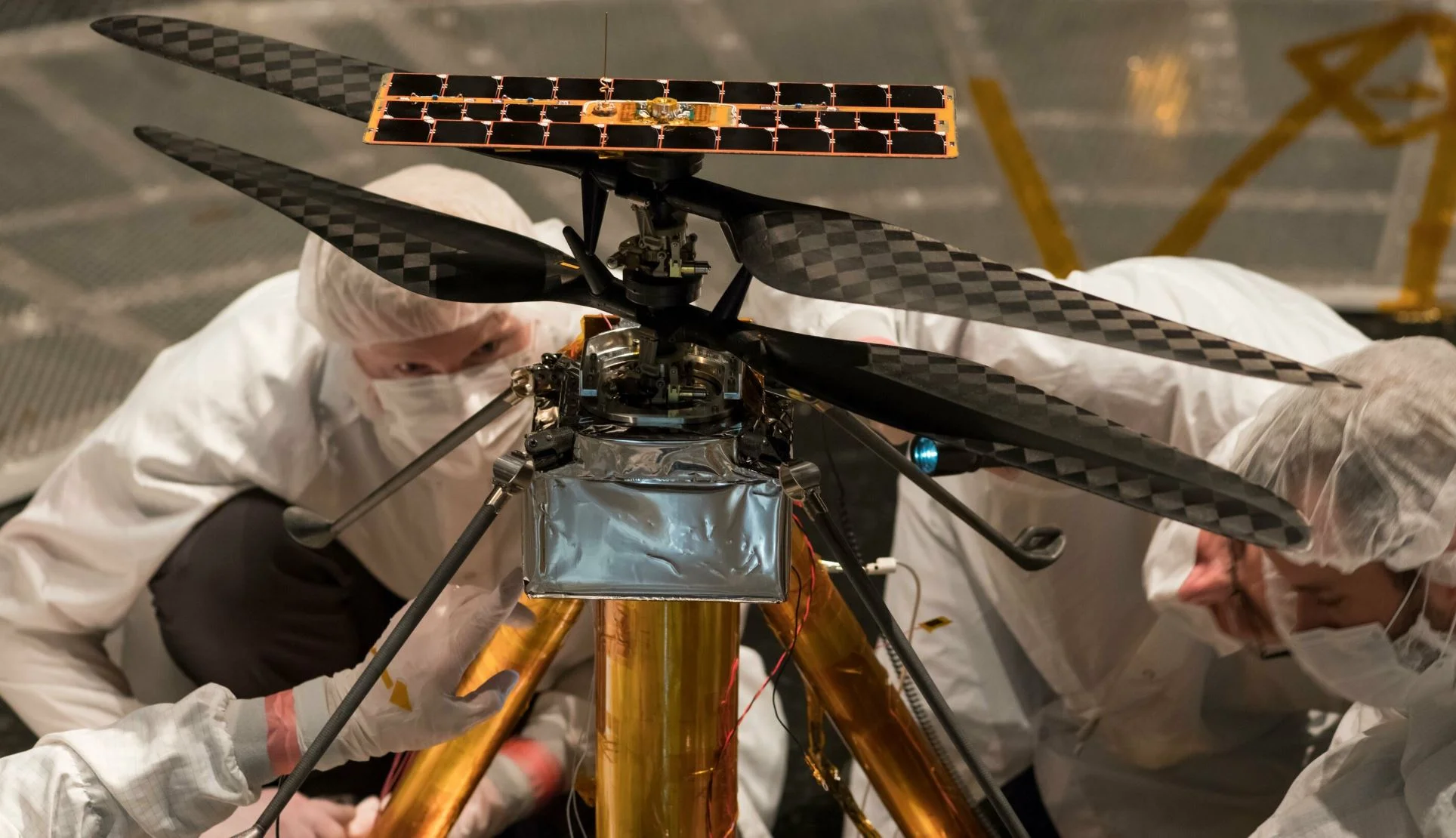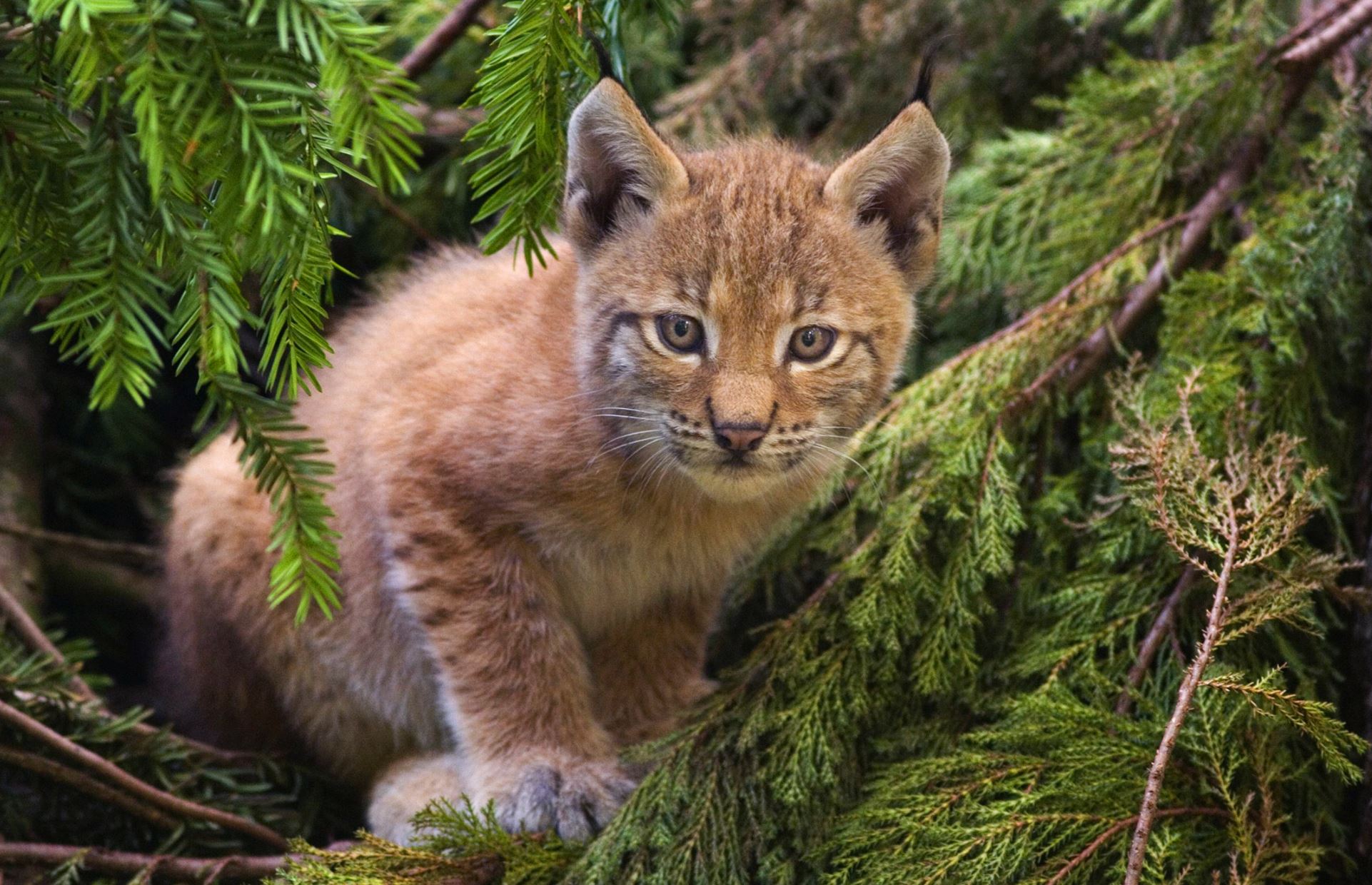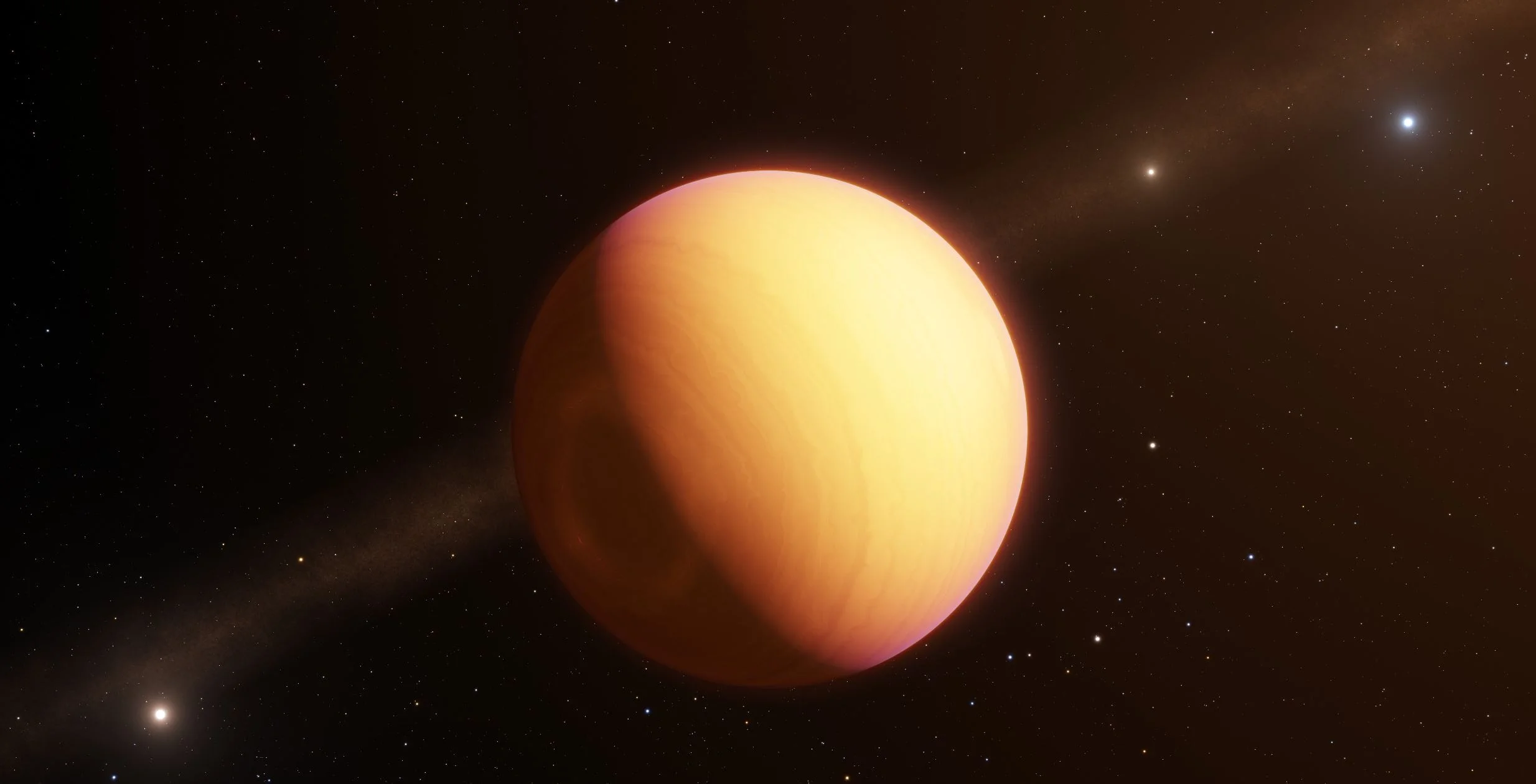Earth’s fleet of satellites is in a vulnerable position. When solar activity increases, high-energy particles are directed toward Earth. Our large fleet is in the direct path of all that energy, which can damage them or render them inoperable. But now we have another tool to help us protect our satellites.
How much evidence is enough to declare a new species of human from a Philippines cave site?
First ever black hole photo confirms Einstein’s theory of relativity
Black holes are long-time superstars of science fiction. But their Hollywood fame is a little strange given that no-one has ever actually seen one – at least, until now. If you needed to see to believe, then thank the Event Horizon Telescope (EHT), which has just produced the first ever direct image of a black hole. This amazing feat required global collaboration to turn the Earth into one giant telescope and image an object thousands of trillions of kilometres away.
Jupiter's Atmosphere Heats up under Solar Wind
Engineers develop concept for hybrid heavy-duty trucks
Want to save millions of migratory birds? Turn off your outdoor lights in spring and fall
We asked five experts: should we nap during the day?
Research provides a new scenario for the origin of complex life
How did complex life arise on Earth about two billion years ago? Research by an international team of scientists from Sweden, the United States, Australia and the Netherlands now provides a new perspective on the matter. In a study published this week in Nature Microbiology, the team presents a new model about the first complex cell types that make up plants, fungi, but also animals and people. They describe how complex cellular life forms developed in evolution through the metabolic integration of simpler cell types.
Now We Know That Dark Matter Isn’t Primordial Black Holes
For over fifty years, scientists have theorized that roughly 85% of matter in the Universe’s is made up of a mysterious, invisible mass. Since then, multiple observation campaigns have indirectly witnessed the effects that this “Dark Matter” has on the Universe. Unfortunately, all attempts to detect it so far have failed, leading scientists to propose some very interesting theories about its nature.
Record-Breaking Satellite Advances NASA’s Exploration of High-Altitude GPS
The four Magnetospheric Multiscale (MMS) spacecraft recently broke the world record for navigating with GPS signals farther from Earth than ever before. MMS’ success indicates that NASA spacecraft may soon be able to navigate via GPS as far away as the Moon, which will prove important to the Gateway, a planned space station in lunar orbit.
NASA Achieves Rocket Engine Test Milestone Needed for Moon Missions
NASA is a step closer to returning astronauts to the Moon in the next five years following a successful engine test on Thursday at NASA’s Stennis Space Center near Bay St. Louis, Mississippi. The latest “hot fire” was the culmination of four-plus years of testing for the RS-25 engines that will send the first four Space Launch System (SLS) rockets into space.
Mars Express Saw the Same Methane Spike that Curiosity Detected from the Surface of Mars
The fate of the Earth? We discovered the remains of a planet following the violent death of its parent star
If it weren’t for the sun constantly showering us with energy, there would be no life on Earth. But eventually stars like it run out of fuel, expand into red giants and finally collapse into small, faint objects called white dwarfs. So what will happen to us and the other planets in our solar system when the sun dies? It’s not been entirely clear.
ESO might be Announcing the First Black Hole Picture on April 10!
The European Southern Observatory (ESO) has set an important press conference for April 10th, involving the Event Horizon Telescope (EHT). They haven’t come right out and said it, but the Media Advisory from the ESO says they will, “hold a press conference to present a ground-breaking result from the EHT.” If it’s not a black hole, then well-played ESO, well-played.
Pollen is getting worse, but you can make things better with these tips from an allergist
Mars Helicopter Completes More Test Flights. It’s Almost Ready to go to Mars
Eurasian lynx: how our computer model highlighted the best site for restoring this wild cat to Scotland
Though it can still be found in the forests of Europe, the Eurasian lynx has not been seen in the UK for more than 1,000 years. This medium-sized wild cat with its distinctive pointy ears was driven to extinction during the medieval period, thanks to low numbers of its preferred prey, roe deer, as well as a disappearing habitat and excessive hunting. But recently the Lynx UK Trust has argued strongly for its reintroduction.
Beware the deeper water
Ground-Based Telescope Directly Observes the Atmosphere of an Extrasolar Planet, and Sees Swirling Clouds of Iron and Silicates
NASA's Cassini Finds Saturn's Rings Coat Tiny Moons
New findings have emerged about five tiny moons nestled in and near Saturn's rings. The closest-ever flybys by NASA's Cassini spacecraft reveal that the surfaces of these unusual moons are covered with material from the planet's rings — and from icy particles blasting out of Saturn's larger moon Enceladus. The work paints a picture of the competing processes shaping these mini-moons.














